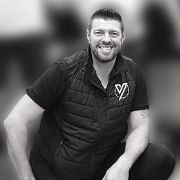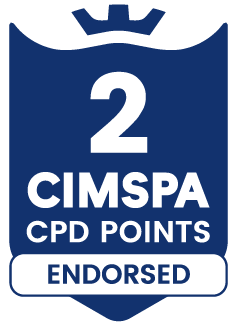Gain a greater level of clarity as a coach on the correct periodisation and programming of plyometric training, an effective form of power-based training, improving an athlete’s ability to rapidly store and recoil elastic energy within the musculotendinous unit, perform explosive movements and run with greater running economy.
In this bite-sized course, over four modules the concepts of plyometric exercise selection, plyometric training categories including concentric dominant, tendon compliance and tendon stiffness plyometrics, meso-cycle design, micro-cycle design, and the periodisation of plyometrics using a linear and undulating model are all explained, with working examples provided in real-world coaching practice. You’ll explore plyometric training to improve horizontal, vertical, multi-directional and throwing/striking performance.
Suggested Pre-requisite:
- CIMSPA: L3 PT
Aims and objectives of course:
- Know the history of plyometric training and the pioneering work first presented by Yuri Verkhoshansky (1928-2010).
- Understand the neuromuscular mechanisms within the stretch-shortening cycle by which plyometric occurs.
- Know the importance of identifying and replicating the biomechanical demands of an athlete’s chosen sport.
- Understand the different types of plyometric classifications, including concentric dominance, tendon compliance and tendon stiffness-based plyometrics.
- Know the many ways in which plyometric training can be progressed within a periodised model, including low to high ground reaction force magnitude progressions, bilateral to unilateral progressions, and the relevant research findings on optimal plyometric training doses.
- Understand the prerequisites to plyometric training, ensuring you know the required physical and movement qualities required of your athletes before embarking on a demanding plyometric training intervention.
- Be able to identify which specific plyometric exercises are best suited to each movement category and how plyometric can be progressed effectively.
- Consider, when implementing plyometric training, exercise selection, plyometric prerequisites and plyometric progressions, and ensure the biomechanical demands of the sport are replicated.
- Know how plyometric training can be periodised within a linear, undulating and concurrent periodised model.
Author Bio
-

Thomas Stringwell
Thomas Stringwell is the founder of Your Gym Sports Performance Ltd, an education provider that specialises within the fields of strength and conditioning and sports science. He’s an accredited strength and conditioning coach with the UKSCA and currently provides performance consultancy services across a range of sports including rugby union, rugby league, soccer, handball, boxing, mixed martial arts, BMX supercross, strength sports and Youth Athletic Development.
He holds an MSc in Sports Biomechanics (Loughborough University), a 1st class honours degree in Sport and Exercise Science (Manchester Metropolitan University) and a Certificate in Education teaching degree (Huddersfield University), with future ambitions of completing a PhD within the field of motor learning, constraints-based learning and non-linear pedagogy.
He has a real passion for education and coach development, having both coached and taught within the fields of strength and conditioning and health and fitness for over a decade. He’s a lifelong strength sport enthusiast, having competed both in Olympic Weightlifting and Powerlifting at a national level, with a genuine drive to support and educate coaches throughout our industry.

